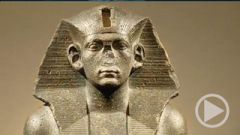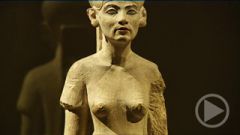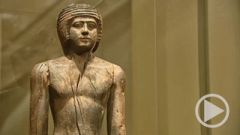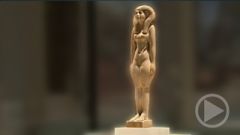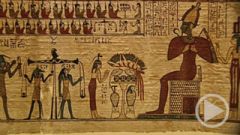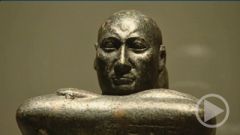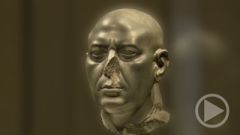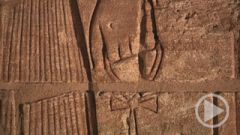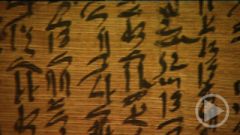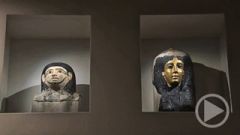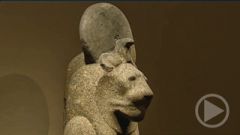- Home
- »
- Germany
- »
- Berlin
- »
- Museum Island
- »
- The Berlin Egyptian Museum
- »
- The Berlin Egyptian Museum - Portrait Bust of Nefertiti
Portrait Bust of Nefertiti
Portrait Bust of Nefertiti
There are no signs of any modern restoration on the portrait bust of Nefertiti. It was excavated in December 1912 in Amarna in Central Egypt by an expedition from Berlin. It was dug out of the ruins of the studio of Chief Sculptor Tuthmose in this almost perfect state of preservation.
The core of the bust is limestone; the line of the shoulders and the back of the tall crown have been perfected by the addition of thick layers of plaster - a clear indication that the bust served as a sculptor's model. This also explains why only one eye has been inlaid with wax and rock crystal. The other eye shows the first step in the technique of inlaying, in other words it demonstrates the sculptor's method of working.
The bust of Nefertiti isn't a portrait of a flawless, eternally youthful star; the creases under her eyes and the slightly down-turned corners of her mouth are individual features belonging to a mature, worldly-wise woman. The unique fascination of this masterpiece derives from the tension between the profound humanity of its expression and the timeless perfection of a work of art which has survived in its original state for over three thousand years.
When the finds were shared out in 1913, the bust of Nefertiti came into the possession of James Simon, a patron of the Berlin Museums, who had financed the excavations in Amarna. In a bequest made in 1920, James Simon donated all the finds from Amarna to the State Museums in Berlin.


